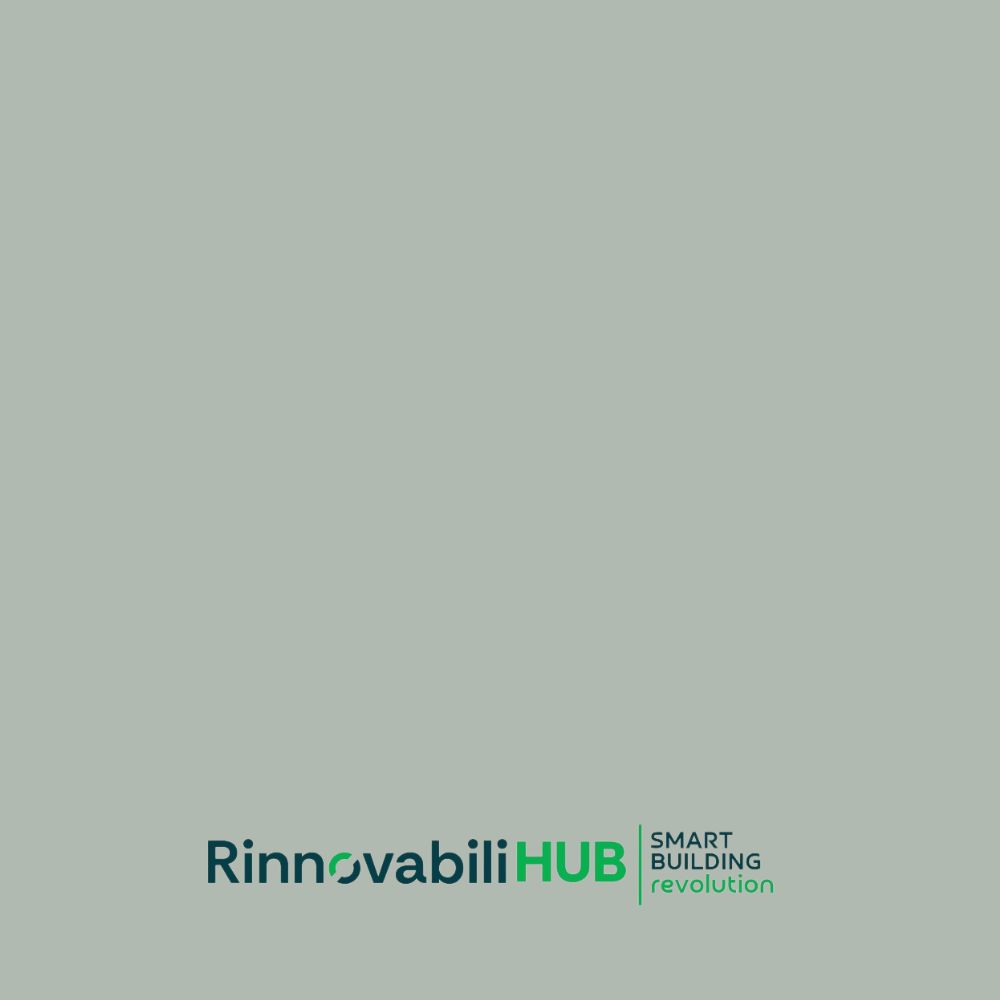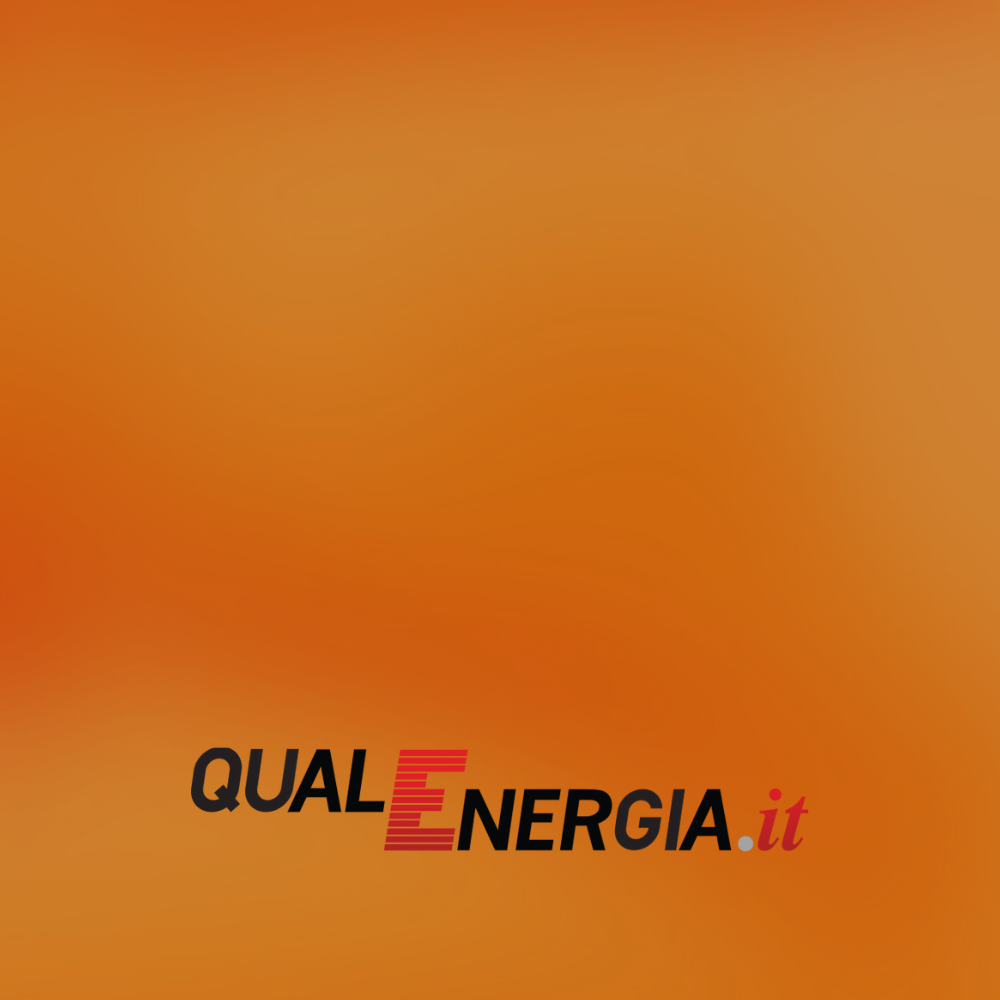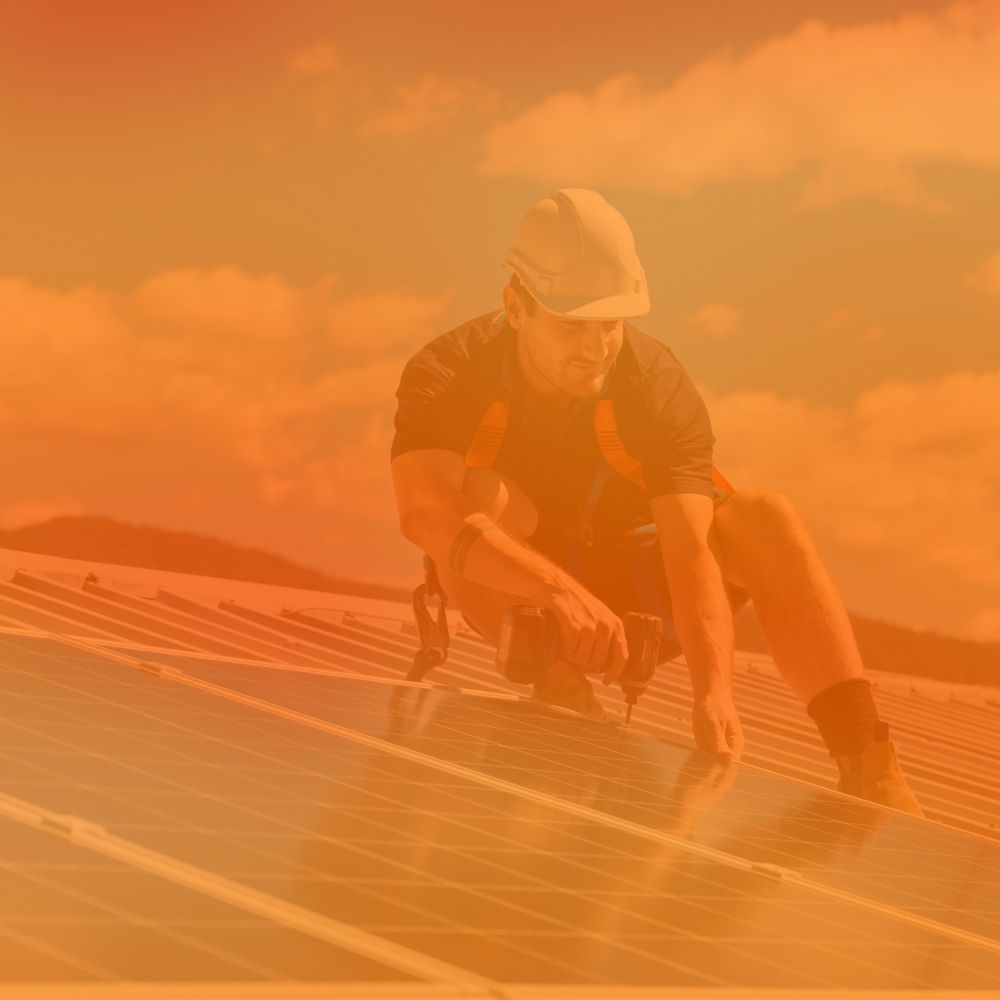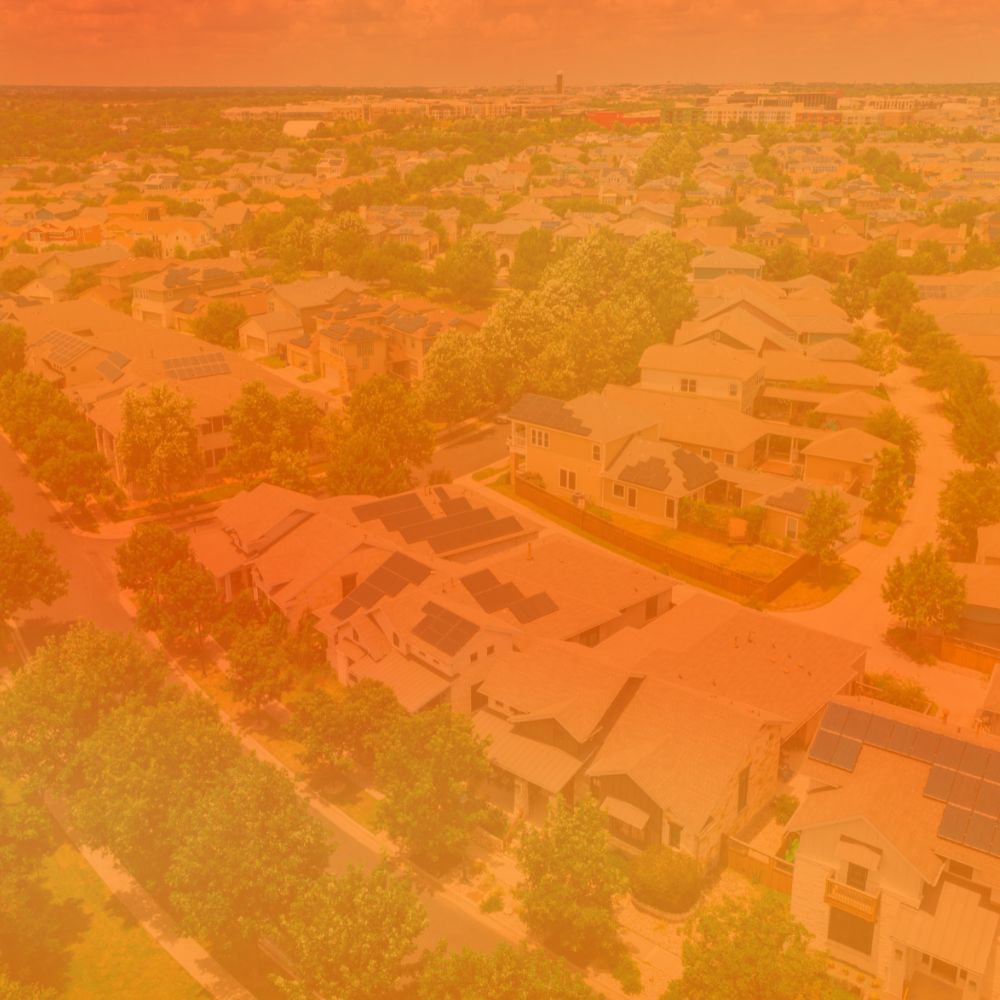Analysis of the latest Power Purchase Agreement trends in Europe and Italy
The clean energy purchase contracts known as PPAs, or Power Purchase Agreements, play a leading role in ensuring energy transition and security. The European Union recognizes their importance and, through the recent reform of the electricity market, has required member states to promote their adoption. Italy is also aligning with this direction, refining a series of regulatory tools designed to support PPAs.
Yet beyond the EU vision and national renewable energy goals, how is the long-term energy procurement market really performing? To take a closer look, one date stands out: KEY CHOICE – Unlock the Future of PPA, the B2B event of KEY – The Energy Transition Expo, scheduled for March 3, 2026. Organized by the Italian Exhibition Group (IEG) in collaboration with Elemens, the conference will connect energy suppliers with energy-intensive companies to facilitate the signing of Power Purchase Agreements.
A prelude to the renowned international fair, KEY CHOICE 2026 will once again bring together analysts, operators, energy companies, institutions, and legal and financial experts to highlight the challenges and opportunities of a fast-evolving sector, not only in Italy but across Europe.
Looking back at 2024, the European market shows encouraging signs. According to the latest report by Wood Mackenzie, renewable energy PPAs surged across the continent, with nearly 19 GW of new contracted capacity. Spain and Germany led the way, together accounting for 30% of total contracted capacity. They were followed by Poland, the United Kingdom, and Greece, completing the top five for all PPA types: corporate, route-to-market, and utility.
Corporate PPAs, where the buyer is a company purchasing electricity for its own operations, remain the main growth driver. In 2024, they covered over 70% of the European PPA market, with IT companies and data centers leading demand. Route-to-market agreements, in which the buyer is an aggregator, trader, or supplier acting as an intermediary to resell the energy on the wholesale market, followed. However, early 2025 data suggest a shift: corporate PPAs dropped by 40% in the first half of the year, offset by the rise of utility PPAs. In terms of pricing, 2024 recorded a general decline, in line with wholesale energy prices, though differences remain based on technology and country.
A growing trend in the European PPA market is the diffusion of multi-technology agreements. While solar power still dominates contracted capacity, hybrid PPAs, combining solar and wind generation, or those involving renewable plants paired with battery storage are gaining traction. These structures ensure a more stable power supply, particularly for 24/7 consumers such as data centers, while also mitigating exposure to negative pricing periods.
This evolution toward more complex contracts opens promising prospects for Italy, now firmly among the top ten European PPA markets. In 2025, the country became the second most active market after Spain, with 14 deals totaling over 720 MW of contracted capacity in the first quarter alone (Pexapark data). Of this, about 613 MW came from solar energy projects.
Compared to 2024, corporate interest in PPAs grew significantly, as did contract sizes. In June, Italy recorded its largest-ever solar corporate PPA, worth 420 MW.
This growth reflects an increasingly stable regulatory framework, although expectations surrounding the Transitional FER X auction temporarily slowed PPA activity in the third quarter, with only 369 MW signed between July and September 2025. Analysts anticipate renewed momentum once the FER X results are finalized.
Looking ahead, developers excluded from public auctions are expected to rely more heavily on private contracts to monetize their capacity. Further boosts are anticipated from Energy Release 2.0, pending approval by the Court of Auditors, and from new dedicated instruments such as the PPA trading platform and the public guarantee system designed to mitigate default risk.
Across Europe, Spain remains the frontrunner, posting a 51% year-on-year increase in the first half of 2025, with 462 MW of newly contracted capacity compared to the same period in 2024.
This article was realized in collaboration with Rinnovabili.
PUBLICATION
29/10/2025













